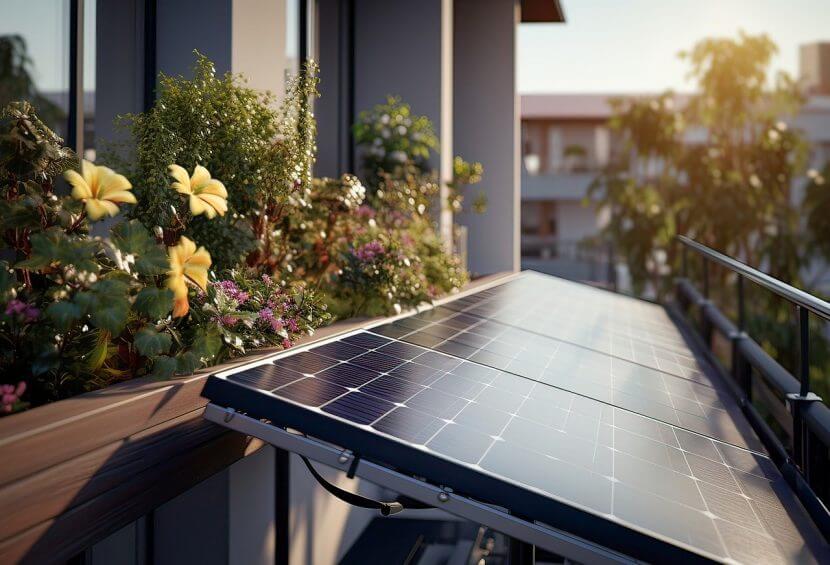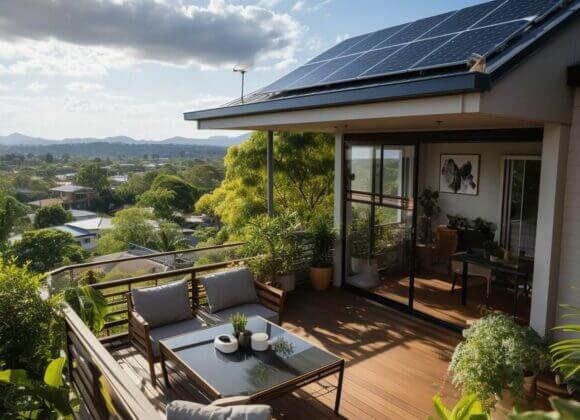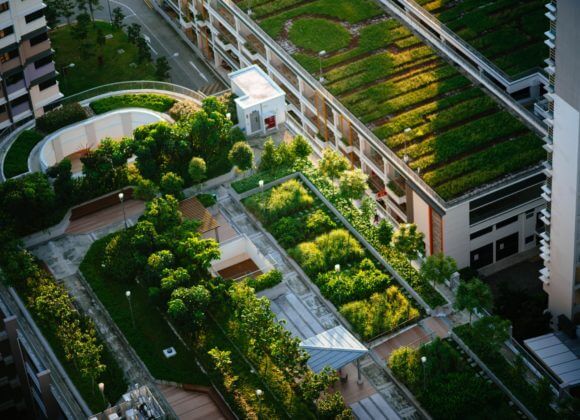Sustainable buildings: More than modern building services
To be considered sustainable, a building must meet various requirements: Modern building technology is just one aspect.
Alongside transport, the building sector is considered one of the key areas for achieving climate change. After all, around one third of final energy consumption in Austria is accounted for by space heating and hot water, and around 40 percent of CO2 emissions are attributable to the building sector. Switching from fossil fuels to renewable ones such as wood or pellets, using heat pumps and photovoltaic systems, and insulating older existing buildings, including replacing windows, should therefore be at the top of homeowners’ to-do lists – if climate protectionists and the government have their way. In newly constructed buildings, this is already state of the art. Another alternative for heating or cooling buildings in an environmentally friendly way is building component activation. In this process, water-carrying pipelines – usually through ceilings, but also through walls or the floor – are routed in order to use the storage masses of these building components to regulate the temperature. The most important prerequisites are that the heat can penetrate quickly into the building component and that the building materials have good thermal conductivity.
More than building services
But there are other starting points for more sustainability in the building sector: “It is not only important to increase energy efficiency, but also to reduce energy consumption,” says Peter Engert, Managing Director of the Austrian Society for Sustainable Real Estate Development (ÖGNI). Apart from the corresponding behavior of building users, the reduction in per capita living space, Engert said. This is because the energy consumption of buildings is also rising due to increasing per capita living space.
Green houses
Another player in the sustainability concert is the greening of facades and roofs. This will become even more important in the future: If owners want to achieve EU taxonomy with their buildings, buildings that are considered heat islands must be greened, the ÖGNI managing director knows.
Early start
However, for a building to meet sustainability requirements, appropriate considerations must begin much earlier. This starts at the planning stage: cube-shaped houses are thermally more favorable than architecturally more daring structures. Large window areas, especially facing south, can cause indoor spaces to overheat, requiring cooling. The choice of building materials is also crucial, as their production consumes valuable resources and emits greenhouse gases. Even though there has already been a great development towards sustainability in this area. And there is one more aspect that should be taken into account: The deconstruction or demolition of the building. This is because the circular economy is becoming increasingly important.
High emissions
Last but not least, timely consideration should be given to the operation of construction sites, which, according to Maximilian Weigert of the Institute for Construction Management and Construction Economics at the Vienna University of Technology, are the second largest source of emissions. If there is no way around a new building, it is therefore advisable to organize the construction site with sustainability in mind. This includes, for example, the use of materials from the region that are brought to the construction site just-in-time. Just like construction vehicles and machines that are powered by renewable energy. Up to 50 percent of CO2 emissions can be saved through these and similar measures and offsetting. Another sustainable approach is to avoid excavation work, as excavators are among the biggest emitters on construction sites. In addition, the excavated material has to be removed and, if necessary, measures have to be taken to secure the excavation pit, for example.
More redevelopment
In this context, Engert takes up the cudgels for redevelopment: “New buildings seal valuable soil, which can no longer fulfill its function as a carbon dioxide reservoir. “The most sustainable building is the one that doesn’t get built,” he says.
Landlust: Luxury real estate in the countryside
Urban: Luxury properties Vienna Urban
Villa location: Luxury properties Villa location
For ski fans: Luxurious living for ski fans
On the waterfront: luxurious living on the waterfront
Hotel service: Luxurious living with hotel service
Exquisite view: Luxurious living with an exquisite view
For golf fans: Luxurious living for golf fans
Classic elegance: Luxurious living in classic elegance













